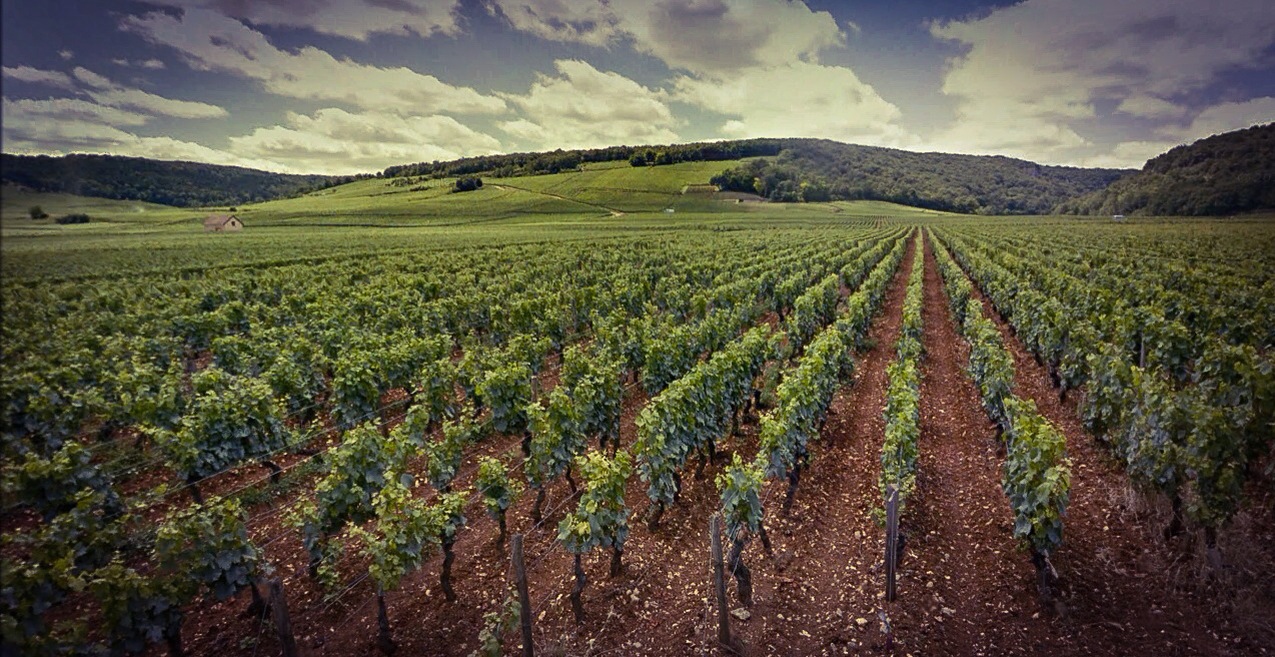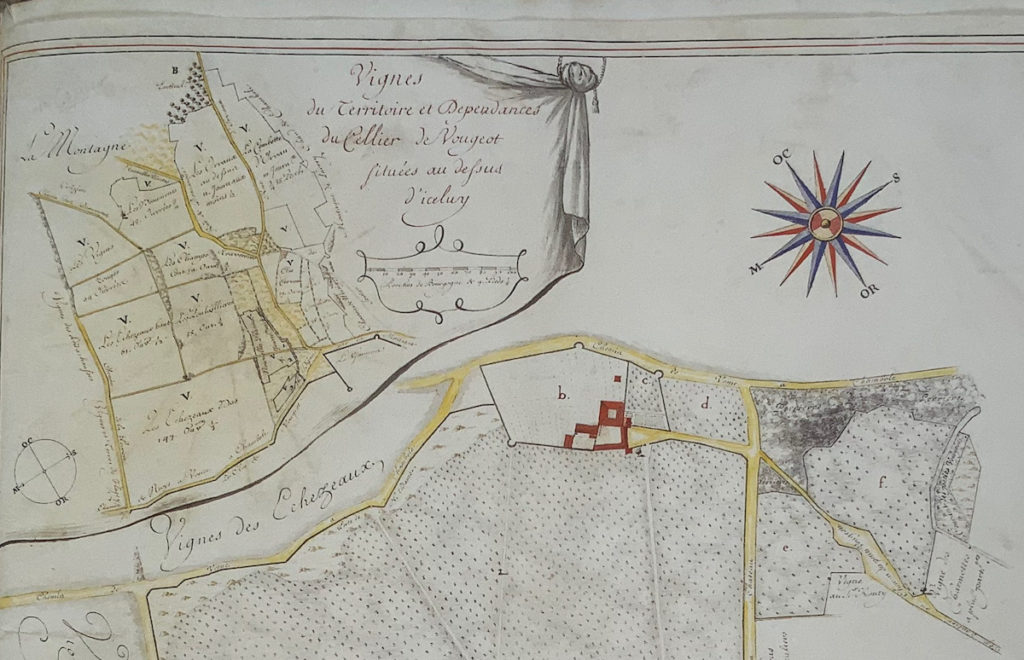Grands Echézeaux is one of the most prominent grands crus, despite being just below the top-tier names like Romanee-Conti, La Romanée, La Tâche, and Musigny. It sits in a category with vineyards such as Richebourg, Chambertin, and Romanée Saint-Vivant – very close to the top.
Grands Echézeaux is a brilliant terroir, and is perhaps even a bit overlooked, although new names in this vineyard have increased the focus on it recently.
Domaine Georges Noëllat is one of the new stars making Grands Echézeaux, with its talented winemaker Maxime Cheurlin. I have followed Maxime’s work since 2012, and he is definitely among the top names in Vosne-Romanée these days.

Cheurlin works with a large portfolio of exciting vines – his Vosne Les Chaumes, Les Petits Monts, and Les Beaux Monts are truly delightful. Yet make no mistake: His Grands Echzéaux is in a class of its own.
Let’s take a closer look at the Noëllat Grands Echézeaux.
Grands Echézeaux – climat and location
The Grands Echézeaux vineyard is located just above the Clos de Vougeot, and below the core climats of Echézeaux itself: Les Poulailleres and Echézeaux du Dessus.

DRC’s Grands Echézeaux (Google)
The total area of Grands Echézeaux is 9.14 hectares, with Domaine de la Romanee-Conti owning 3.53 ha – more than a third of the vineyard.
The other owners today are the following:
- Domaine Mongeard-Mugneret – 1.4440 ha
- Domaine Thenard – 0.54 ha
- Domaine d’Eugenie – 0.50 ha
- Maison Joseph Drouhin – 0.47 ha
- Maison Henri de Villamont
- Domaine Gros Frère et Soeur – 0.3662 ha
- Domaine Desaunay-Bissey- 0.34 ha
- Domaine Lamarche – 0.3007 ha
- Domaine Georges Noëllat – 0.30 ha
- Domaine Clos Frantin – 0.25 ha
- Domaine Jean-Marc-Millot – 0.2015 ha
- Domaine Coquard-Loison-Fleurot – 0.1755 ha
- Domaine Robert Sirugue – 0.12 ha

The early ownership history of Grands Echézeaux
As with many other vineyards in the area, Grands Echézeaux was for decades owned by the abbey of Citeaux. But it was not (unlike the Clos de Vougeot) considered part of the post-Revolutionary “biens nationaux,” as it already had non-aristocratic owners outside the church whose status made the vineyard ineligible for confiscation.
Echézeaux and Bas Echézeaux (now Grands Echézeaux) had a secular status (meaning private ownership) before the Revolution.

Jean-François Bazin, in his 1994 book “Romanée-Conti,” states that the influential Marey family already owned a part of Grands Echézeaux at the time of the Revolution.
Transactions from that time are very complex, so let’s see what Bazin says:
“Unlike the Clos de Vougeot, which was kept as a direct tenant of the abbey, the Echézeaux de Cîteaux sector was, from the 18th century – and probably well before that – transferred to civilian ownership under perpetual leases. These recognize that the tenants own the right to exploit the property, its operations, its transmission, subject to payment of perpetual royalties, among other terms. By the eve of the Revolution therefore, Cîteaux had lost control of its ‘Echézeaux vineyard.’ The Mareys, a familial dynasty at the time, had settled in Vosne-Romanée to expand its viticultural patrimony. As the sale of national assets directly concerned the lands exploited by the abbey, and not those passed into other hands by leases, those plots remained in the hands of the holders of those ancestral leases. »
Jean-François Bazin: Romanée-Conti’ (1994)
The period from 1855-1920
Lavalle1 mentions Duveaux (Duvault) as one of the owners in his 1855 book, thus indicating that the predecessors of the current DRC owners had already acquired at least some of these plots when he wrote his work. Marey is not mentioned as an owner by Lavalle, so one can deduce that they sold their vineyard holding before 1855.
You need to login as a Premium subscriber to read the rest of this article. If you are not a Premium Subscriber, use the subscribe function and sign-up.

 - A true vin d’émotion – a Burgundy of passion
- A true vin d’émotion – a Burgundy of passion - A truly hedonistic wine – lively and enjoyable
- A truly hedonistic wine – lively and enjoyable - A vivacious wine for pure indulgance
- A vivacious wine for pure indulgance - A Vin Vif - fresh, energetic and with a light appearance
- A Vin Vif - fresh, energetic and with a light appearance